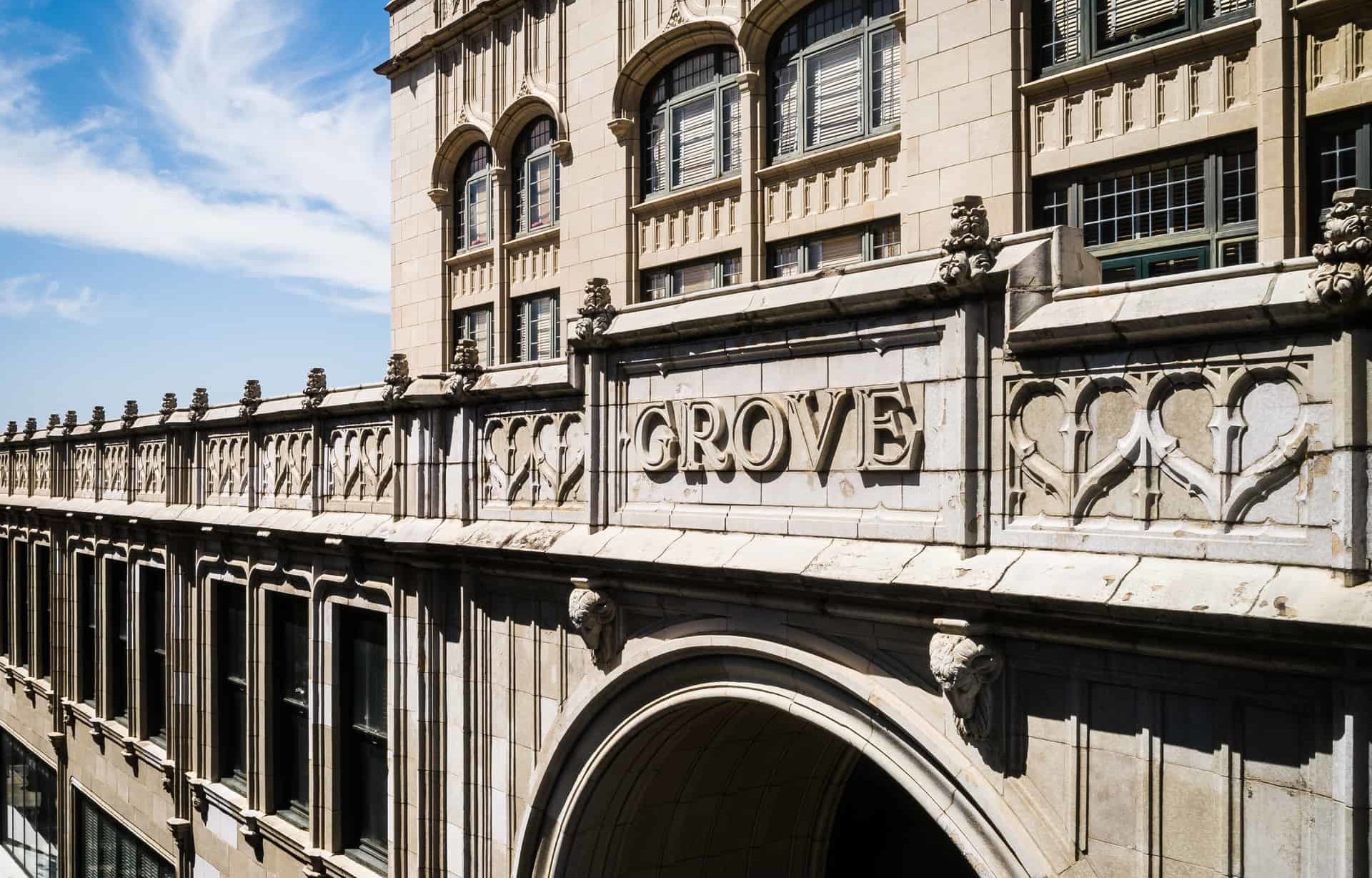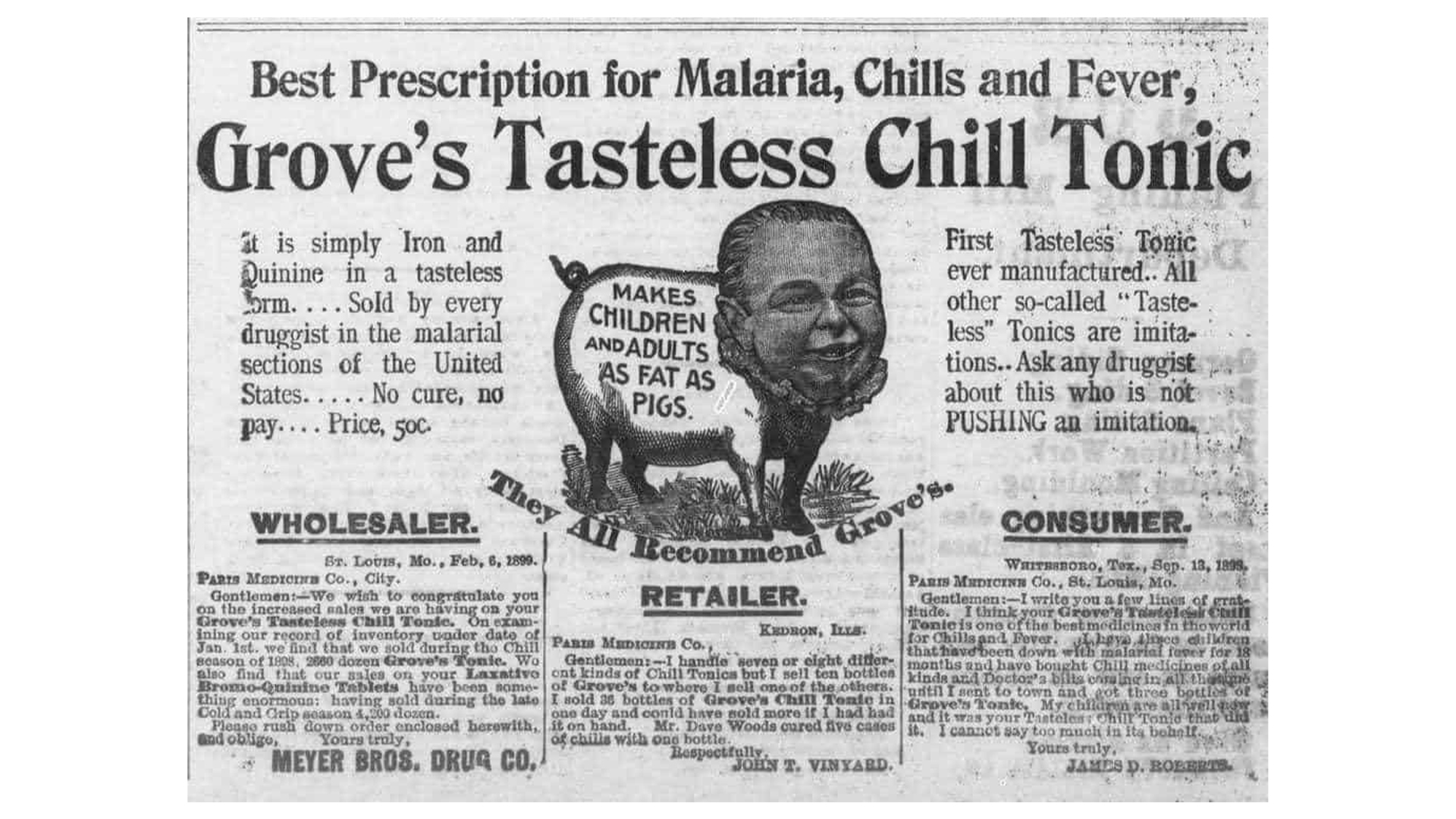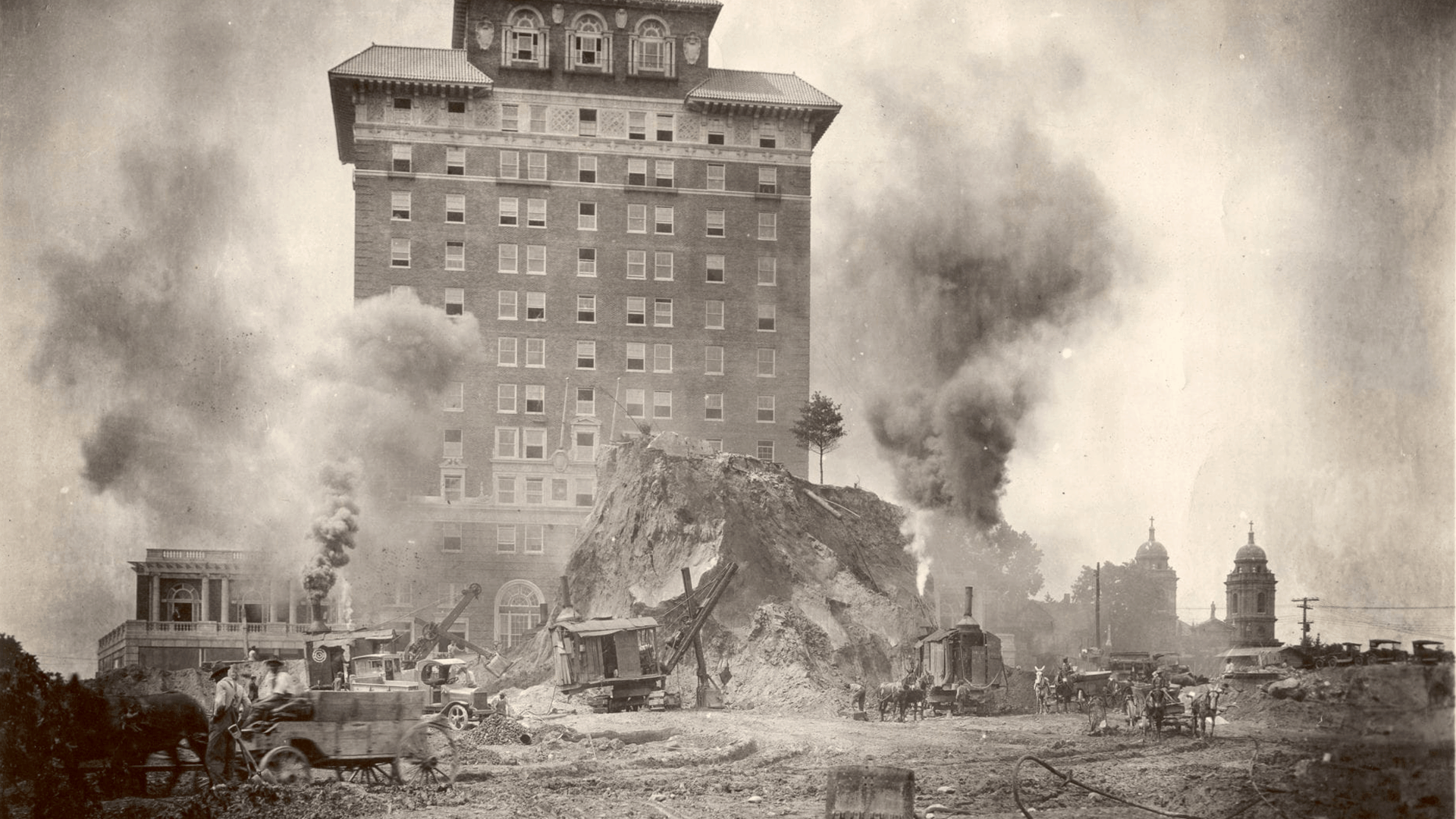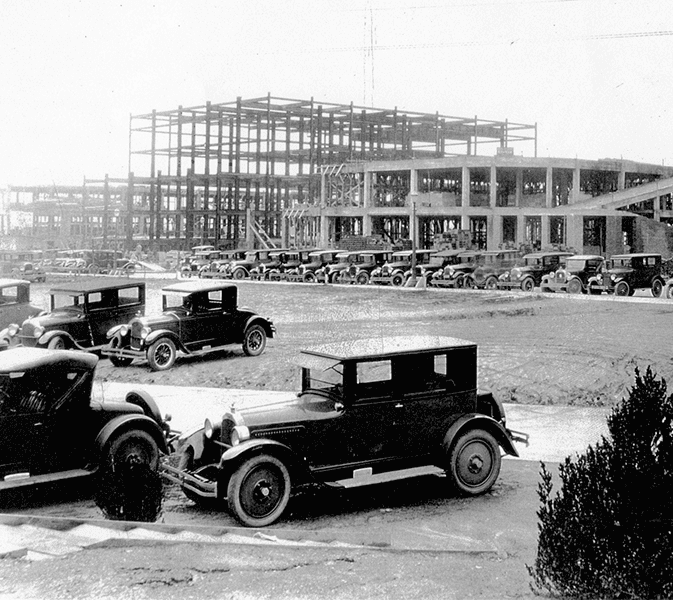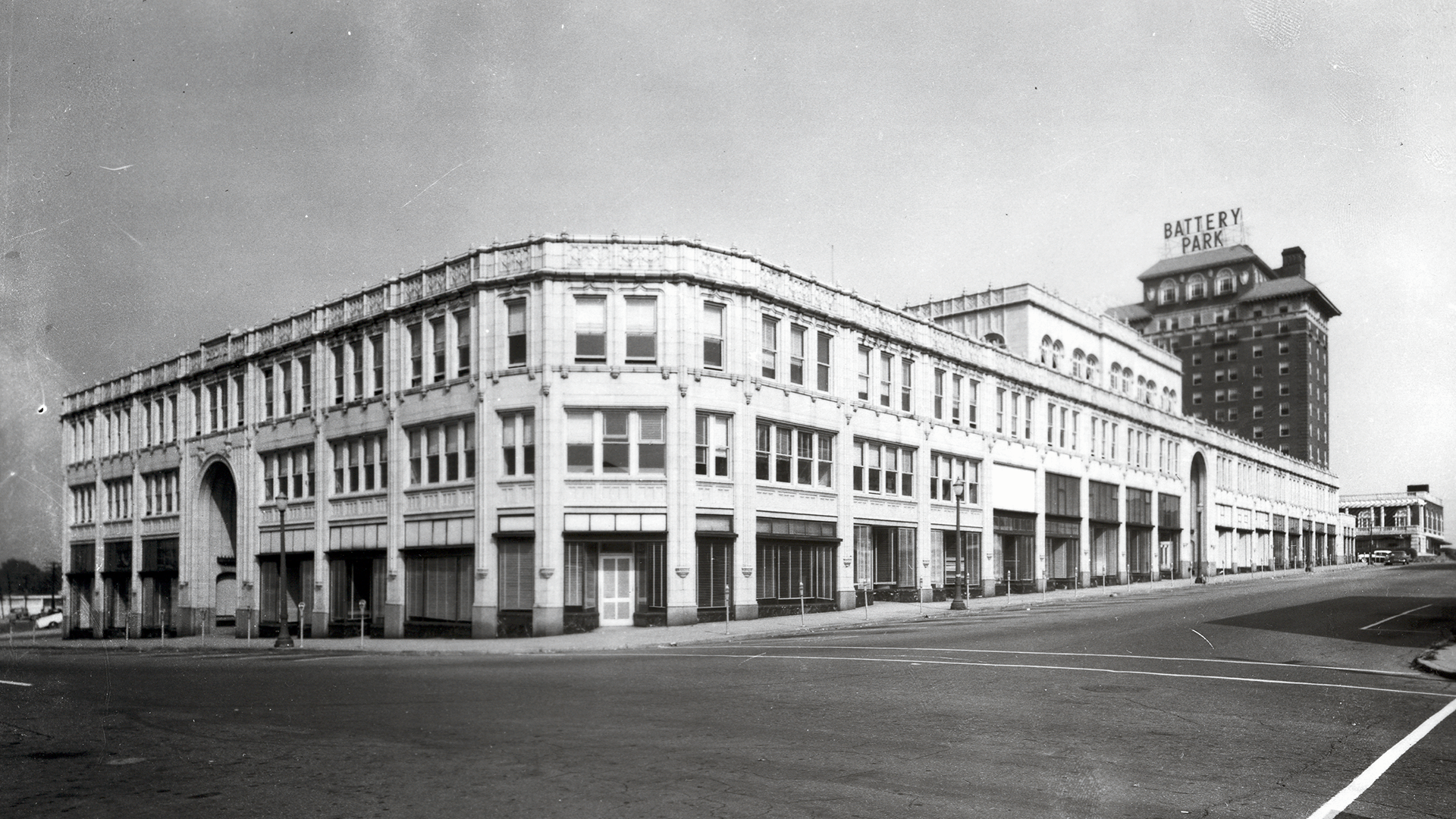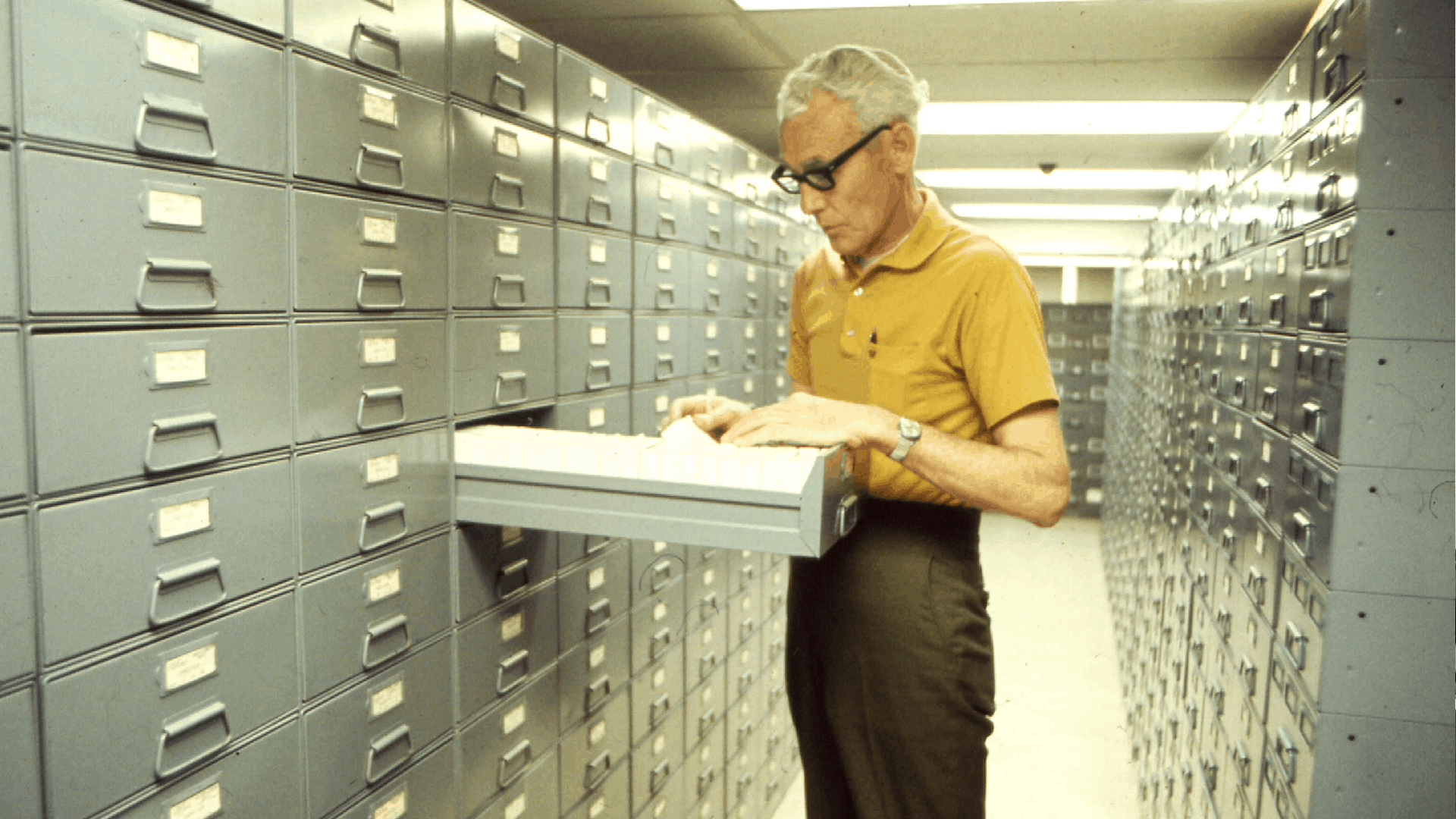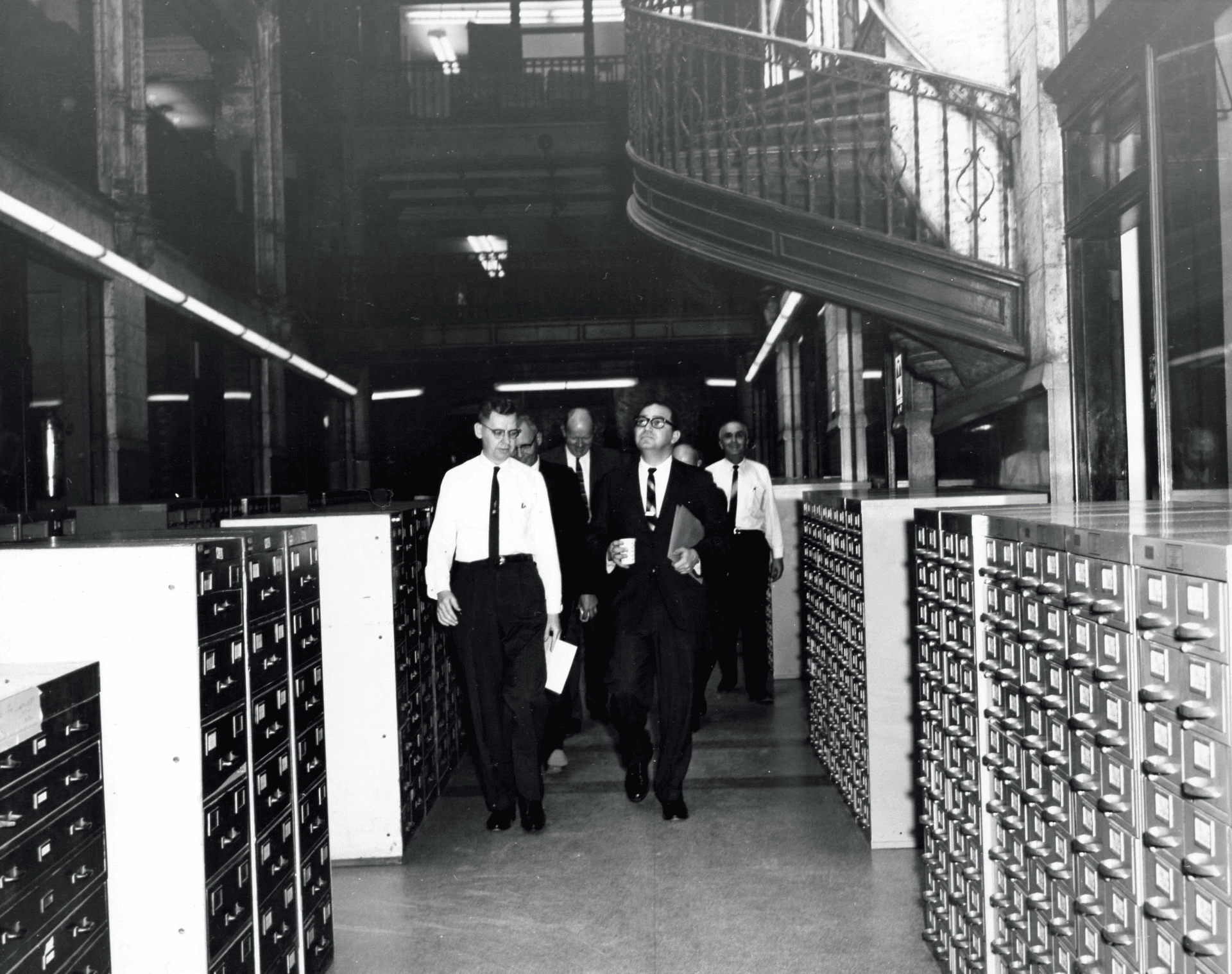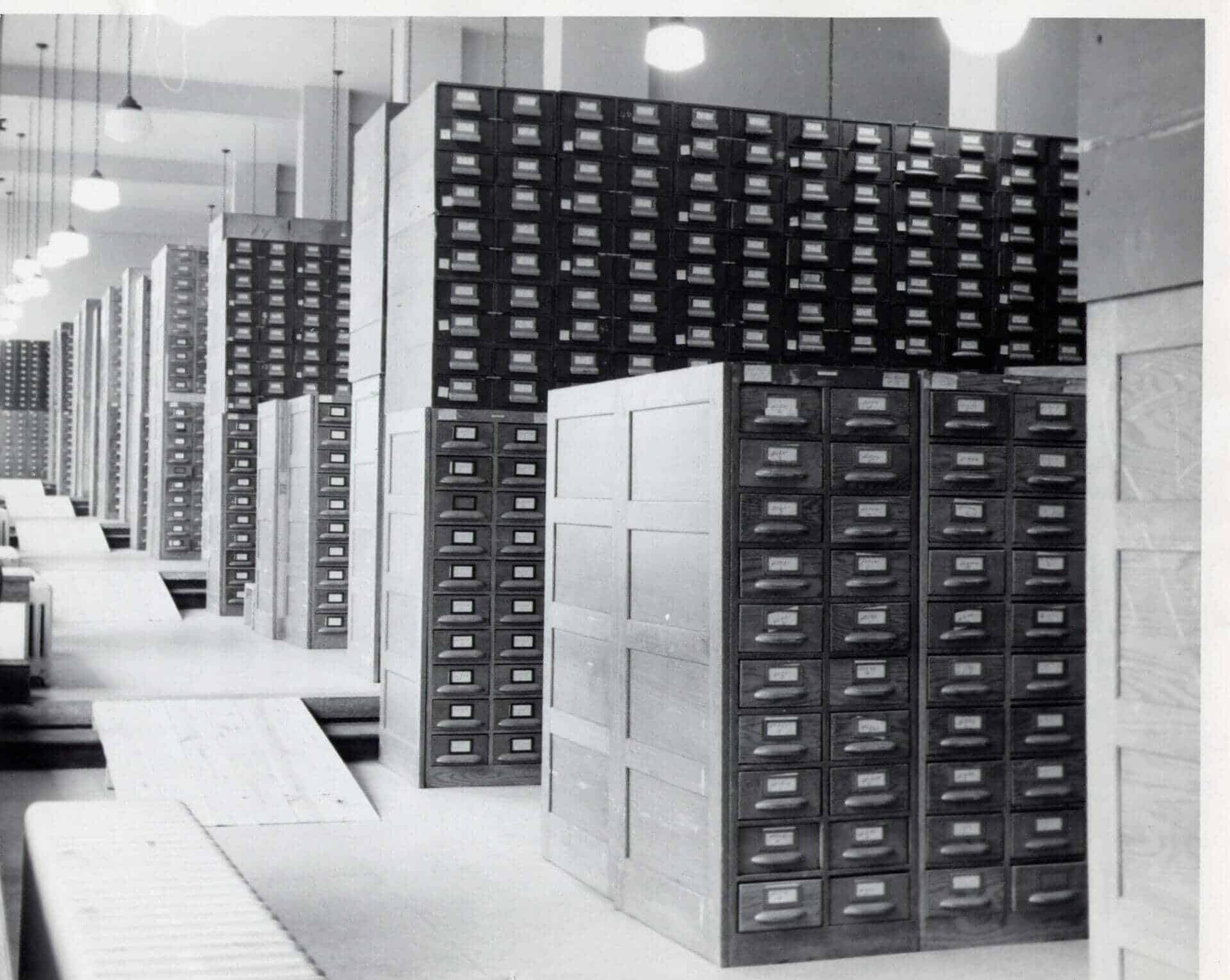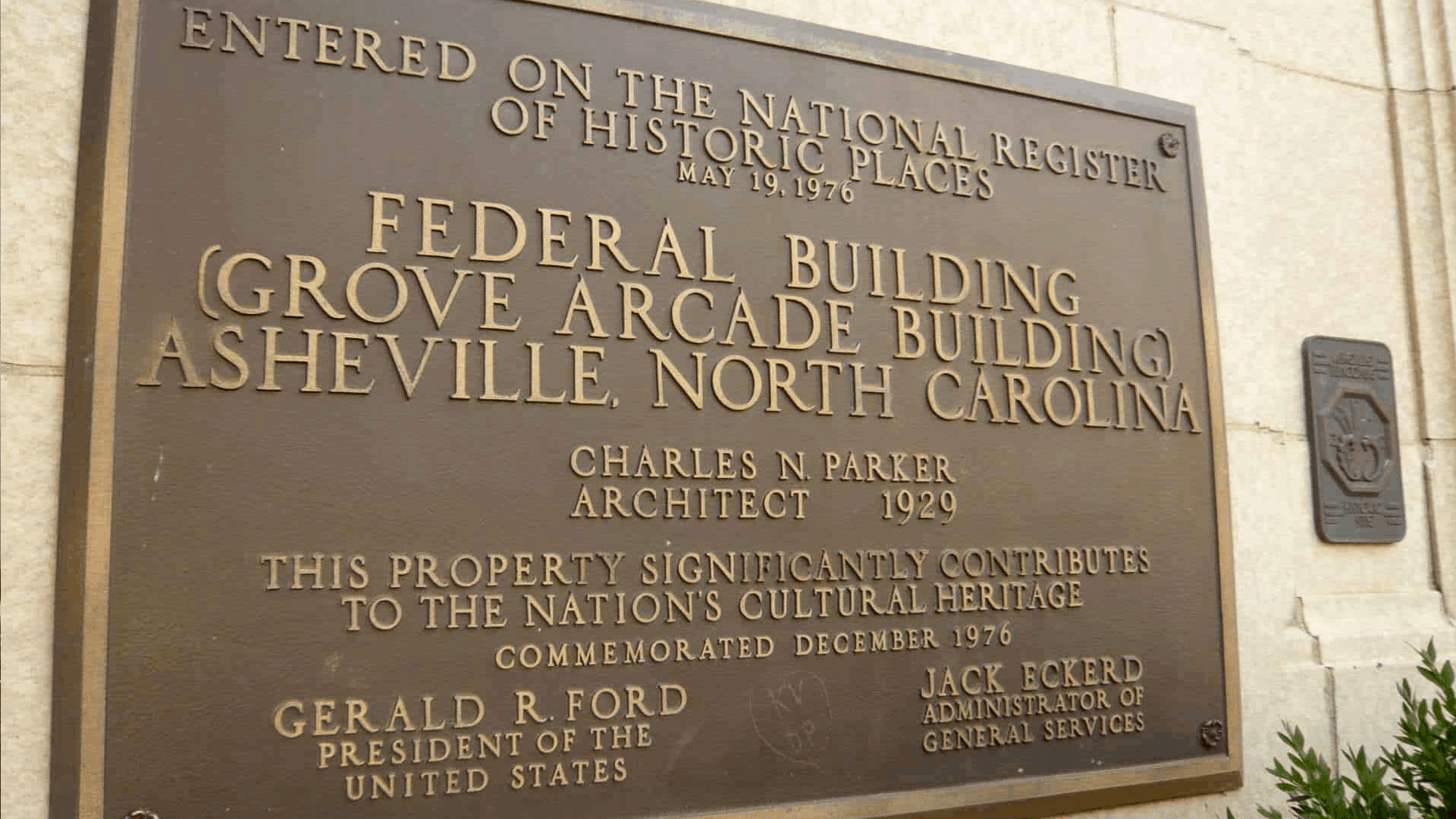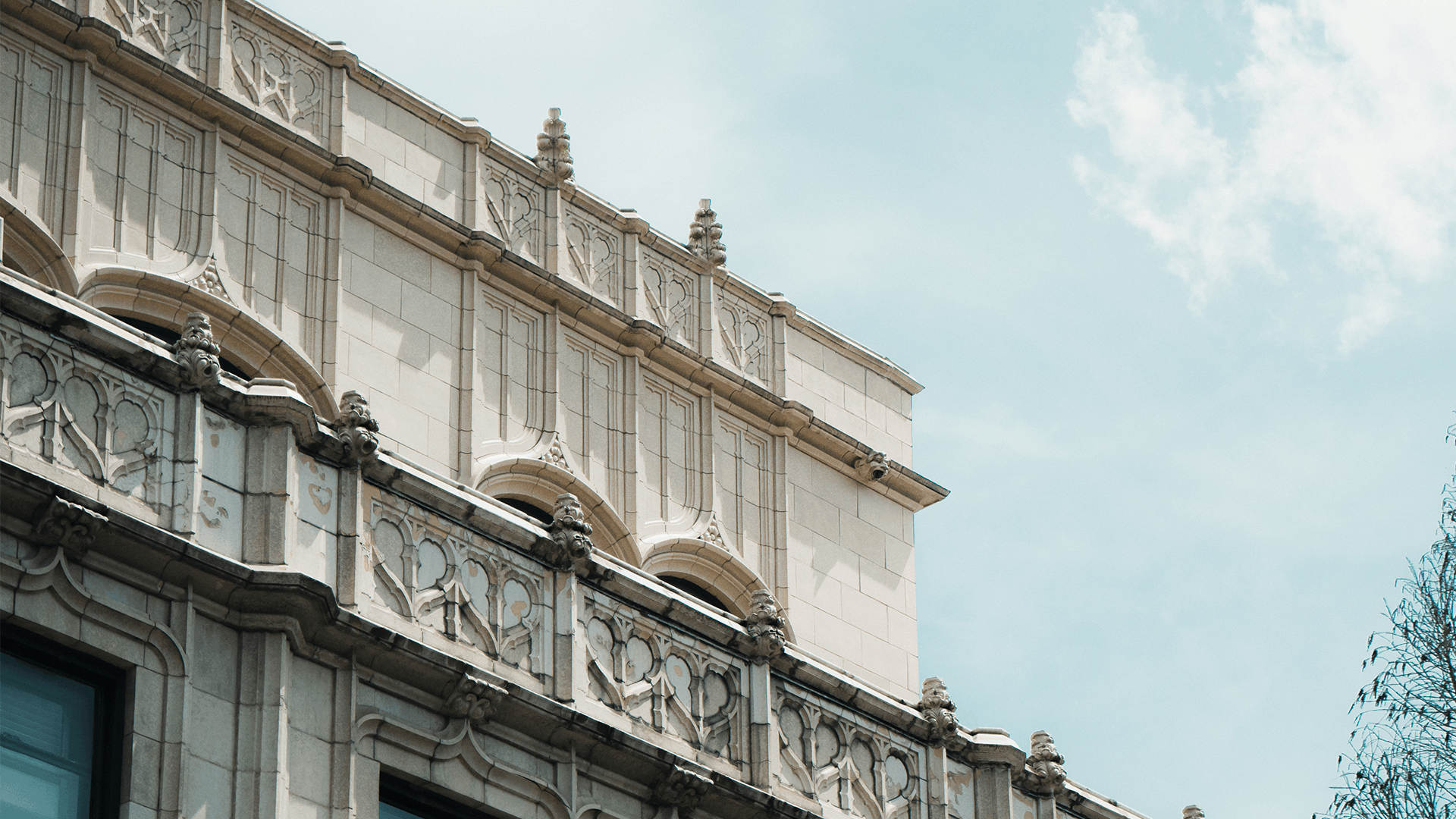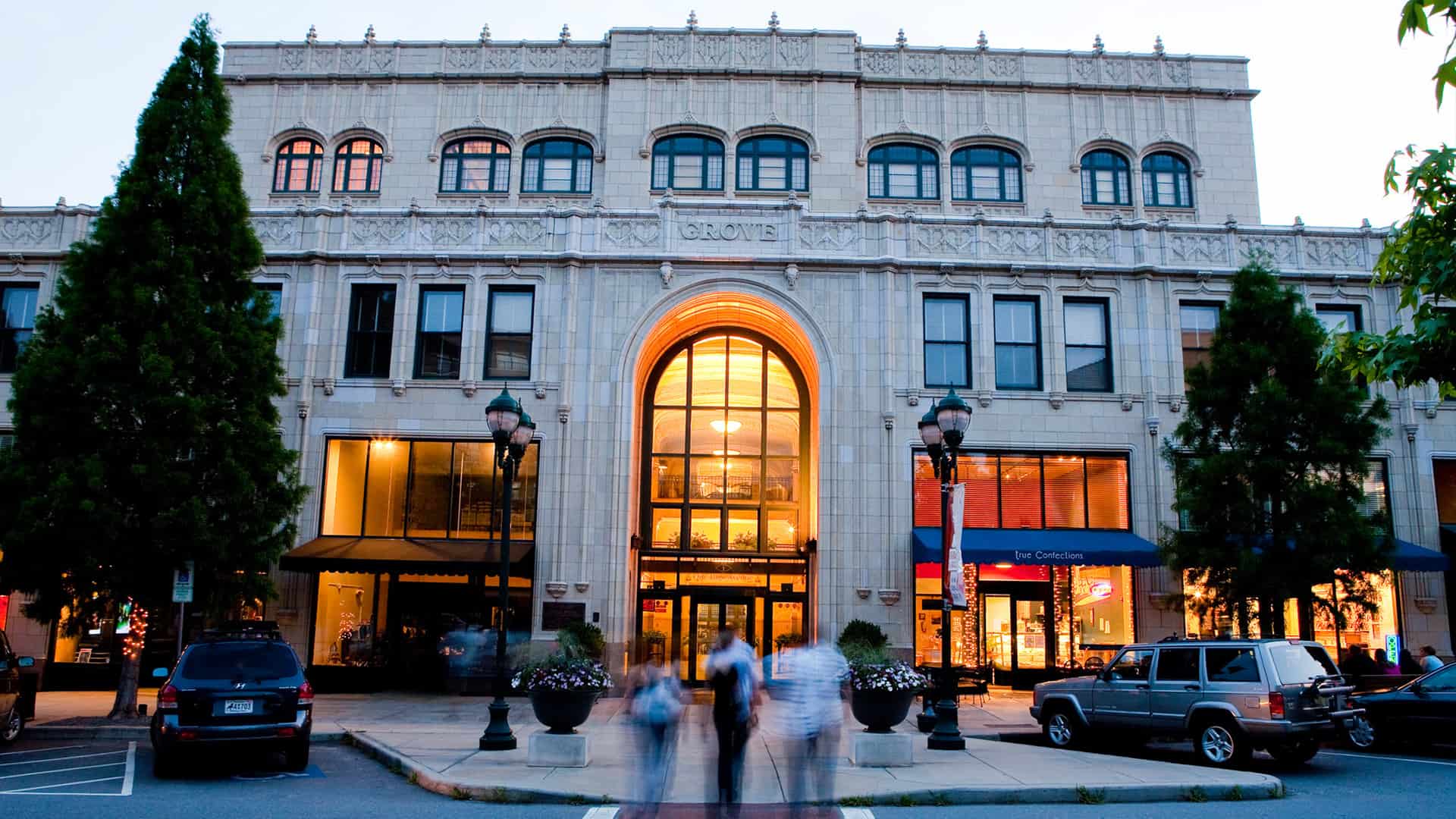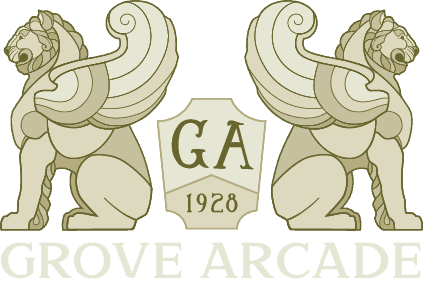a historical timeline of grove arcade
Click through the dates of the timeline below to view historical times highlighted from the history of Grove Arcade and its founder E.W. Grove.
1878
“I had a little drug business in Paris, Tennessee, just barely making a living, when I got up a real invention, tasteless quinine. As a poor man and a poor boy, I conceived the idea that whoever could produce a tasteless chill tonic, his fortune was made.” —E.W. Grove
When E.W. Grove first suspended quinine in liquid form, he knew he had something big. In other words, the ingredients in Grove’s Tasteless Chill Tonic were not soluble, but suspended in the syrup. It may not have been tasteless, but his chill tonic became an overnight sensation and a household name for decades.
And make a fortune he did, although while his chill tonic was still in the experimental stage, North Poplar Street neighbors in Paris sometimes became upset with Grove as odors drifted from his pharmaceuticals bubbling in a kettle outdoors. Ironically, some of these families, including the O.C. Barton’s, became millionaires after investing in Grove’s Paris Medicine Company.
1890
Grove’s Tasteless Chill Tonic started to explode in popularity. It was created not as a cure, but as a preventative and relief of malaria and its resulting chills and fever. Those who remember taking the chill tonic did not agree with the “tasteless” billing, although it was better than taking straight quinine (which is extremely bitter). Quinine had been used for more than three centuries and, until the 1930s, was the only effective malaria treatment.
The chill tonic was so popular the British army made it standard issue for every soldier going off to mosquito infested lands and, by 1890, more bottles of Grove’s Tasteless Chill Tonic were sold than bottles of Coca-Cola.
in Paris, Tennessee, just barely making a living, when I got up a real invention, tasteless quinine. As a poor man and a poor boy, I conceived the idea that whoever could produce a tasteless chill tonic, his fortune was made.” —E.W. Grove
When E.W. Grove first suspended quinine in liquid form, he knew he had something big. In other words, the ingredients in Grove’s Tasteless Chill Tonic were not soluble, but suspended in the syrup. It may not have been tasteless, but his chill tonic became an overnight sensation and a household name for decades.
And make a fortune he did, although while his chill tonic was still in the experimental stage, North Poplar Street neighbors in Paris sometimes became upset with Grove as odors drifted from his pharmaceuticals bubbling in a kettle outdoors. Ironically, some of these families, including the O.C. Barton’s, became millionaires after investing in Grove’s Paris Medicine Company.
1910
E.W. Grove Moves To Asheville
1920
Construction Begins on Grove Arcade
By 1915, E.W. Grove had completed the Grove Park Inn and became involved in other civic projects. Grove understood that a successful city needed a vibrant downtown.
In the early 1920s, he began plans to construct a new building to enliven the downtown of the city he had come to love. He conceived of Grove Arcade as “the most elegant building in America”—and as a new kind of retail center. Architect Charles N. Parker designed the Arcade, which was originally envisioned as a five-story base with a 14-story tower, filled with shops, offices and living spaces.
1927
E.W. Grove Passes Away
Grove died in 1927, two years before his dream was completed. Only the base of Grove Arcade was built, yet at 269,000 square-feet, it was by far the largest building in the region.
1929
The Grand Opening of Grove Arcade
When Grove Arcade held its Grand Opening 1929, it quickly became home to a fine collection of local shops and services. Tenants included candy and cigar stores, a haberdashery, a public stenography office, fruit stands, millinery shops, beauty parlors and barbershops, a photography center, bookstalls and specialty groceries. Offices filled the upper floors. For 13 years, from 1929 to 1942, the Arcade was the center of commercial and civic life in Western North Carolina.
1942
Grove arcade is closed during wwII
As part of the United States efforts during World War II, the Grove Arcade was closed by the federal government and used by the military for the duration of the war. Officials chose the building because it was large and located in a safe, remote place—important considerations in the war effort. Seventy-four shops and 127 offices were evicted with less than one month’s notice.
1951
1976
Grove Arcade Added To National Register of Historic Places
In 1976, Grove Arcade became the first enclosed mall in America to be listed on the list – a point of pride here in Asheville.
The National Register of Historic Places is an official federal list of America’s historical buildings, sites, districts, and other areas worthy of protection. These are places identified for their significance in American history, architecture, art, culture, and more.
1980
Government aanounces plan to remodel grove arcade
1992
Grove arcade public market foundation is formed

1995
NWRC vacates grove arcade
1997
198 Year Lease Signed
In 1997, the City of Asheville acquired title to the building under the National Monument Act and signed a 198-year lease with the Grove Arcade Public Market Foundation.
